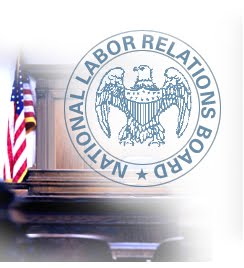Search
FACT OR FICTION: Snow + Office Closed = FMLA Day
 That’s right folks. It’s time for another edition of “Fact or Fiction” a/k/a “Quick Answers to Quick Questions” a/k/a QATQQ f/k/a “I don’t feel like writing a long blog post.”
That’s right folks. It’s time for another edition of “Fact or Fiction” a/k/a “Quick Answers to Quick Questions” a/k/a QATQQ f/k/a “I don’t feel like writing a long blog post.”
One of your employees is currently using FMLA leave. Today, due to the winter storm, you’ve decided to close the office.
Do you still count today’s snow-induced office closure towards the 12 workweeks of FMLA to which your employee is entitled?
 The Employer Handbook Blog
The Employer Handbook Blog



 When your business offers a severance agreement to a departing employee, does it contain:
When your business offers a severance agreement to a departing employee, does it contain: